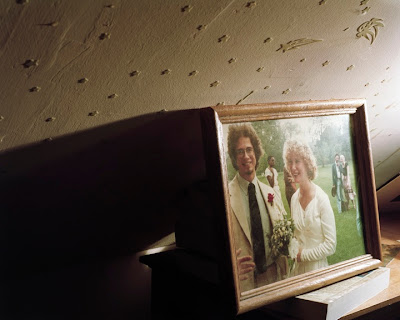
After nearly a year, our most recent endeavor,
Graphic Intersections, is now online. Based on the old Surrealist/Dadaist game the Exquisite Corpse, this project seeks to unite disparate artists, while emphasizing a system of response entirely rooted in unmediated visual reaction.
Graphic Intersections brings together images by:
Ben Alper, Anastasia Cazabon, Thomas Damgaard, Scott Eiden, Grant Ernhart, Jon Feinstein, Elizabeth Fleming, Alan George, Hee Jin Kang, Drew Kelly, Michael Marcelle, Chris Mottalini, Ed Panar, Bradley Peters, Cara Phillips, Noel Rodo-Vankeulen, Irina Rozovsky, Brea Souders, Jane Tam and Grant Willing
Stay tuned in the coming months for exciting
Graphic Intersections exhibition news!
























































